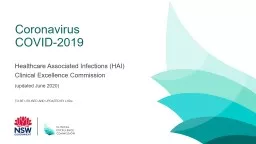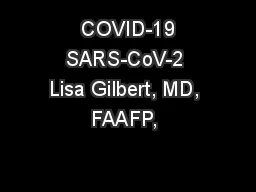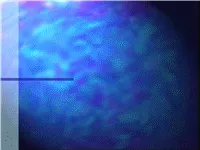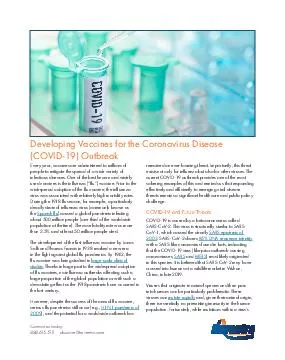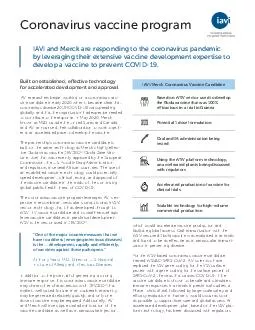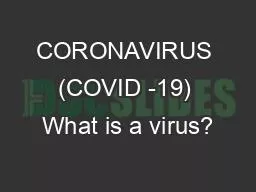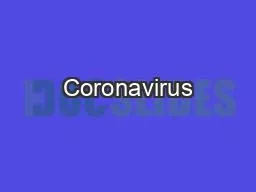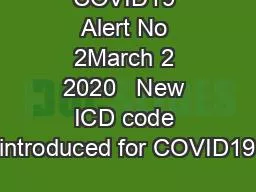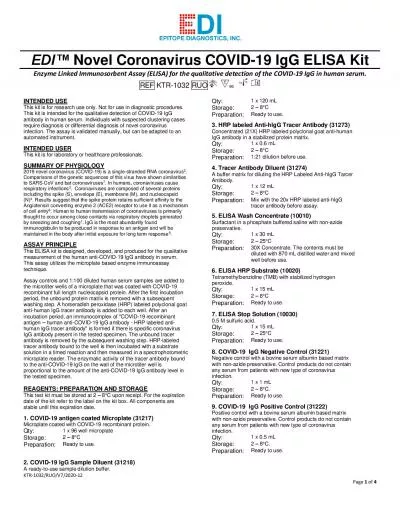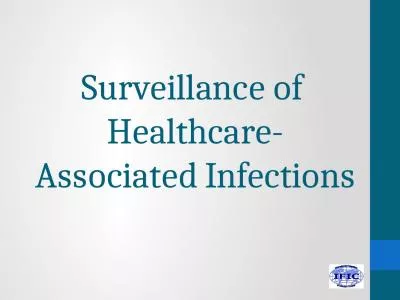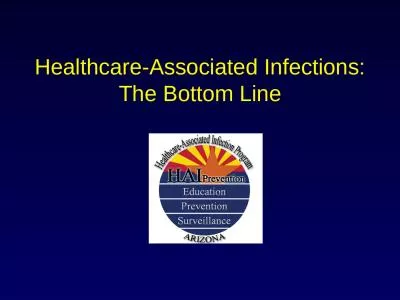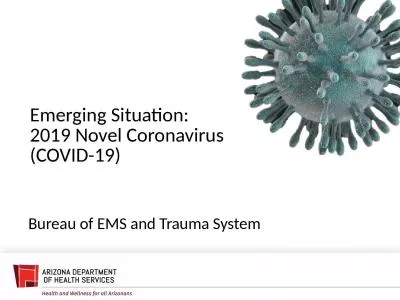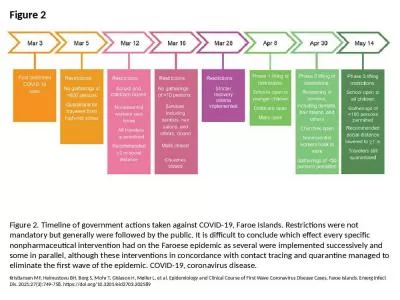PPT-Coronavirus COVID-2019 Healthcare Associated Infections (HAI) Clinical Excellence Commission
Author : osullivan | Published Date : 2021-12-08
updated June 2020 TO BE UTILISED AND UPDATED BY LHDs CONTENT What is SARSCoV2 Update on Outbreak NSW Health Response Testing Infection Prevention and Control Additional
Presentation Embed Code
Download Presentation
Download Presentation The PPT/PDF document "Coronavirus COVID-2019 Healthcare Assoc..." is the property of its rightful owner. Permission is granted to download and print the materials on this website for personal, non-commercial use only, and to display it on your personal computer provided you do not modify the materials and that you retain all copyright notices contained in the materials. By downloading content from our website, you accept the terms of this agreement.
Coronavirus COVID-2019 Healthcare Associated Infections (HAI) Clinical Excellence Commission: Transcript
Download Rules Of Document
"Coronavirus COVID-2019 Healthcare Associated Infections (HAI) Clinical Excellence Commission"The content belongs to its owner. You may download and print it for personal use, without modification, and keep all copyright notices. By downloading, you agree to these terms.
Related Documents

